Feeding Young Children
A crash course into all the research and options (with many great links!) for feeding your infant, toddler, and young child.
What and how you feed your child can be a very sensitive and personal subject for some. It is also something that is very important to think about. The responsibility of your child’s nutrition is a huge one that can affect their health and cognitive abilities into adulthood. I’ve put together a lot of research, articles, and more that I’ve found helpful on my own journey to make sure L has the best nutrition I can give her to grow up healthy and strong.
Breastfeeding and Formula
Breast milk is the ultimate perfect food for babies. Did you know that breast milk even changes to meet babies needs? Breast milk protects against infections, allergies, diseases, diabetes, obesity, and even cancer! Further, Breast fed babies IQs are higher than babies who were not breast fed. Breastfeeding is great for moms too! Mothers who breastfeed have a reduced risk for breast cancer and find it easier to return to their pre-pregnancy weight. Breastfeeding also promotes attachment. You can read more about how breast milk changes to meet your baby’s needs and protects babies here. Here is a great article from Scientific American about how breastfeeding benefits mothers . You can read more about attachment theory and breastfeeding and why it’s beneficial here.
It is a common saying that pregnant mothers everywhere hear: “breast is best”. Although this is undoubtedly true for many reasons, breastfeeding isn’t for everyone. If you must use formula, the good news is that it is a highly regulated industry in the U.S. and most brands you can easily buy at the store will be great for your baby. The bad news is, it isn’t nearly as regulated as some European countries are. Some popular brands that I’ve heard often, and that frequently top best of the best formula charts are: Holle, Hipp, Loulouka, and Earth’s Best. You can read more about choosing formula here and here.
Baby Food
You have heard recently in the news that a study just came out showing that popular brands, including some organic brands, have high levels of toxic heavy metals in them that could affect your baby’s brain development. You can read the article about the study results here.
Another option is to make your own baby purées at home! This way you will know exactly what is in your baby’s food. This is what I did and I was surprised at how simple it was. I made all my purées on the weekend and froze them in ice cube trays to easily use them all week long. The website I got most of my recipes from until I was comfortable creating my own is here. You’ll need a blender and ice cube trays for freezing. You can buy special blenders made just for making baby food, but it’s really not needed. Any blender will do.
Baby Led Weaning
Another option is to skip purées altogether and go straight to finger foods. Babies do not actually need to eat purées at all and can eat regular food if it is prepared correctly! I did a combination of this method along with some purées as L was very sensitive about her food texture for a long time (now she eats pretty much everything).
Baby Led Weaning is a process of only offering your baby cut up “real food” (not purées). Usually Baby Led Weaning starts with bananas and avocados (softer foods) and you start offering your baby other cut up foods when they show interest in them.
I love that Baby Led Weaning emphasizes going at your baby’s pace and not pushing them to eat what they are not ready for. I also love that Baby Led Weaning allows for much more autonomy than spoon feeding baby purées. Both of these align well with my parenting philosophy. However, in L’s case, she really struggled with food harder than a mashed banana so I ended up doing a mixture of Baby Led Weaning and offering some purées.
You can read more about BLW and its benefits here. You can find recipes and how to cut BLW food here.
High Chairs and Weaning Tables
A high chair is probably what most people think of when talking about feeding baby. They are generally stand alone devices that baby gets put into during mealtimes and let out of once they have finished eating.
In the spirit of Montessori and respectful parenting, I knew that a traditional high chair was not for me. Instead, I wanted something that gave L some autonomy and it was really important to me that she be included at our dinner table. That left me with either a booster seat or a very accessible high chair (hard to find!). I opted against a booster seat as I thought it would be difficult to manage/clean, most are made of plastic, and I was worried about L’s ability to get in and out of it by herself even when she was a little older. I choose the Abiie Beyond Y chair. It is made of wood, I can pull it right up to the table, and it’s easy for L to climb in and out by herself! I love it! It also is adjustable for use to adulthood (I also sit in L’s chair sometimes). You can find it here.
Another great option is a Montessori weaning table. A weaning table is a child sized table separate from the regular dinner table where babies/toddlers eat. The table is child sized, so they can get in and out of their chair independently. You can read about the benefits of a weaning table here. A common option for a weaning table that I often hear people talking about is this one from Sprout Kids. Many Montessori families have their children eat breakfast and snacks at their weaning table and eat their main meal of the day together at the family table. A weaning table might be a great choice if you’re home with your children during the day and have the space for it!
Open Cup vs Straw Cup vs Sippy Cup
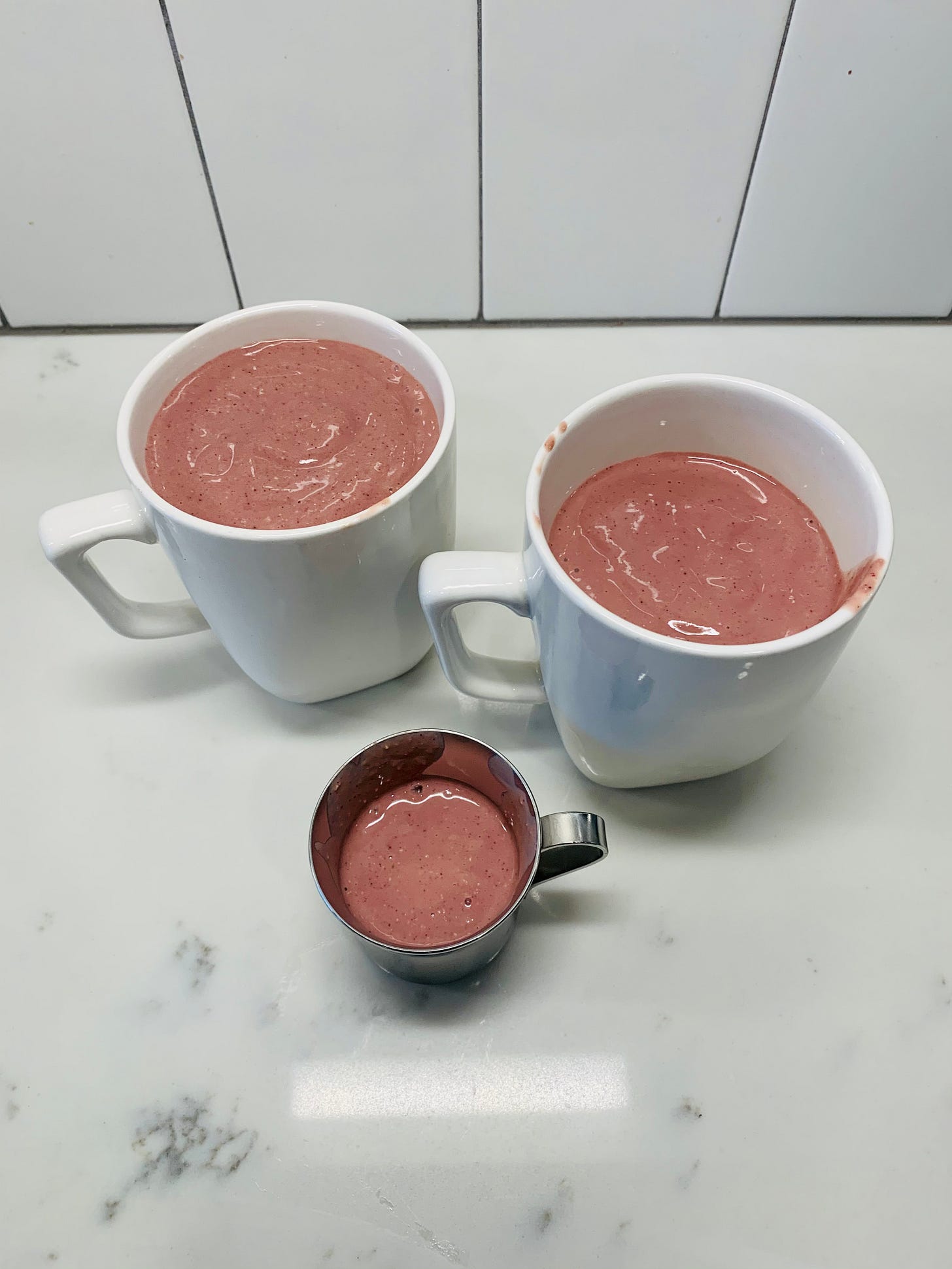
L has drank out of an open cup since she was 5 months old. I chose this for a couple of different reasons. The main reason was that most occupational therapists and pediatricians now recommend and advocate for babies and toddlers to use an open cup for good oral, jaw, and speech development. You can read more about that here. Once she was able to use an open cup, I gave her a straw cup to use when we are out of the house. Straw cups don’t seem to have the disadvantages of sippy cups.
Sippy cups can be problematic (but not always, so do what is right for you!). Some research seems to say that the use of Sippy cups can lead to poor oral development and even speech delays. Read more here.
What to do about picky eating?
All children go through a picky eating phase at least once. Most children go through several phases. I have noticed that L is usually picky (won’t eat much if anything) when she is teething.
The best thing to do when you are dealing with picky eating is to remember that it is your job to choose what and when your child eats and it is their job to choose how much. This will help take the pressure off. As long as you are providing healthy food for your child, you are doing great! It may help to make sure there is at least one thing on their plate at each meal that you know they like (for L it’s any kid of berry).
Letting your child help in the kitchen can often help them become interested in their food and get them to try it. Another idea is offering no pressure snack plates! Just fill a plate with some healthy snacks (broccoli, fruit, crackers, cheese) and set it down near your child without saying anything. More often then not they will get curious and try some.
This helpful tip (and so many more like it) came from the Instagram account @feedinglittles. I highly encourage you to follow them if you’re having trouble with picky eating. Another great account to follow is @kids.eat.in.color.
Enjoy this colorful recipe with a full rainbow of foods!
Yakiniku Donburi
This is one of my favorites and one that L enjoys as well! I loving seeing all the color in this recipe and knowing that L is getting a true variety in her meal. It’s simple and quick!
Ingredients
For Yakiniku Sauce:
1/4 cup soy sauce
2 tablespoons mirin
2 1/2 tablespoons granulated white sugar
2 teaspoons sesame oil
1 clove garlic
1 1/2 teaspoons ground roasted white sesame seeds
1/2 teaspoon roasted white sesame seeds
For Yakiniku Rice Bowl
Assorted vegetables of your choice
Olive oil
1/4 yellow onion (sliced thinly)
3/4 pound thinly cut beef (such as Japanese Shabu-shabu cut beef or sukiyaki-cut beef)
3 to 4 cups cooked brown or white rice
Method
Gather ingredients and cut vegetables.
In a small sauce pan, add the yakiniku sauce ingredients and heat on medium until cooked through (about 2 minutes).
In a large skillet, heat the olive oil. Add the onion and vegetables and saute until tender over medium-high heat. Remove from pan and set aside.
Add more olive oil to the pan. Add the beef and cook until desired doneness.
Add the vegetables back to the pan with the beef and add the sauce. Stir the sauce evenly through out.
Serve on top of white rice.
Follow me on instagram @moonbaby_mama for more!




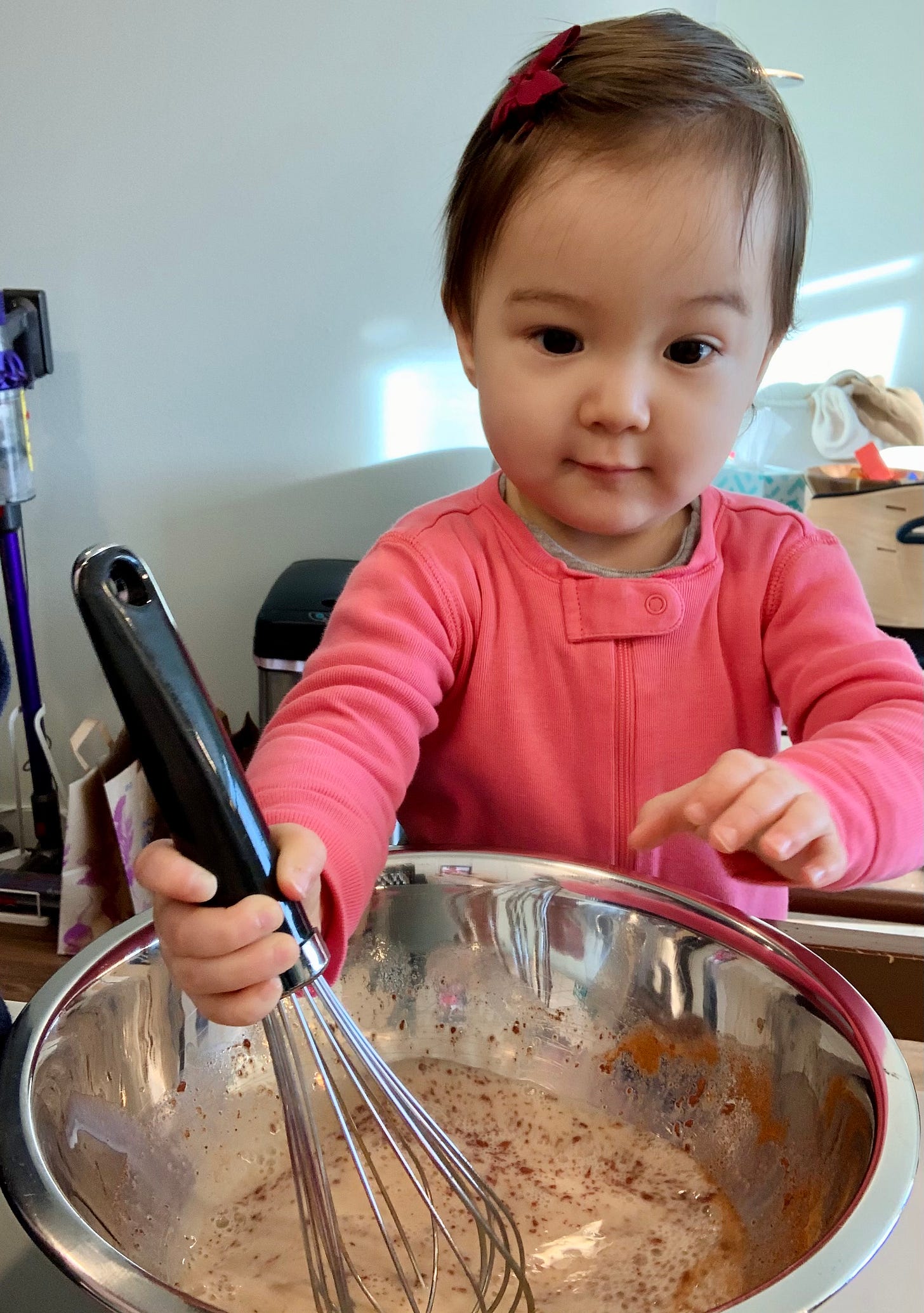
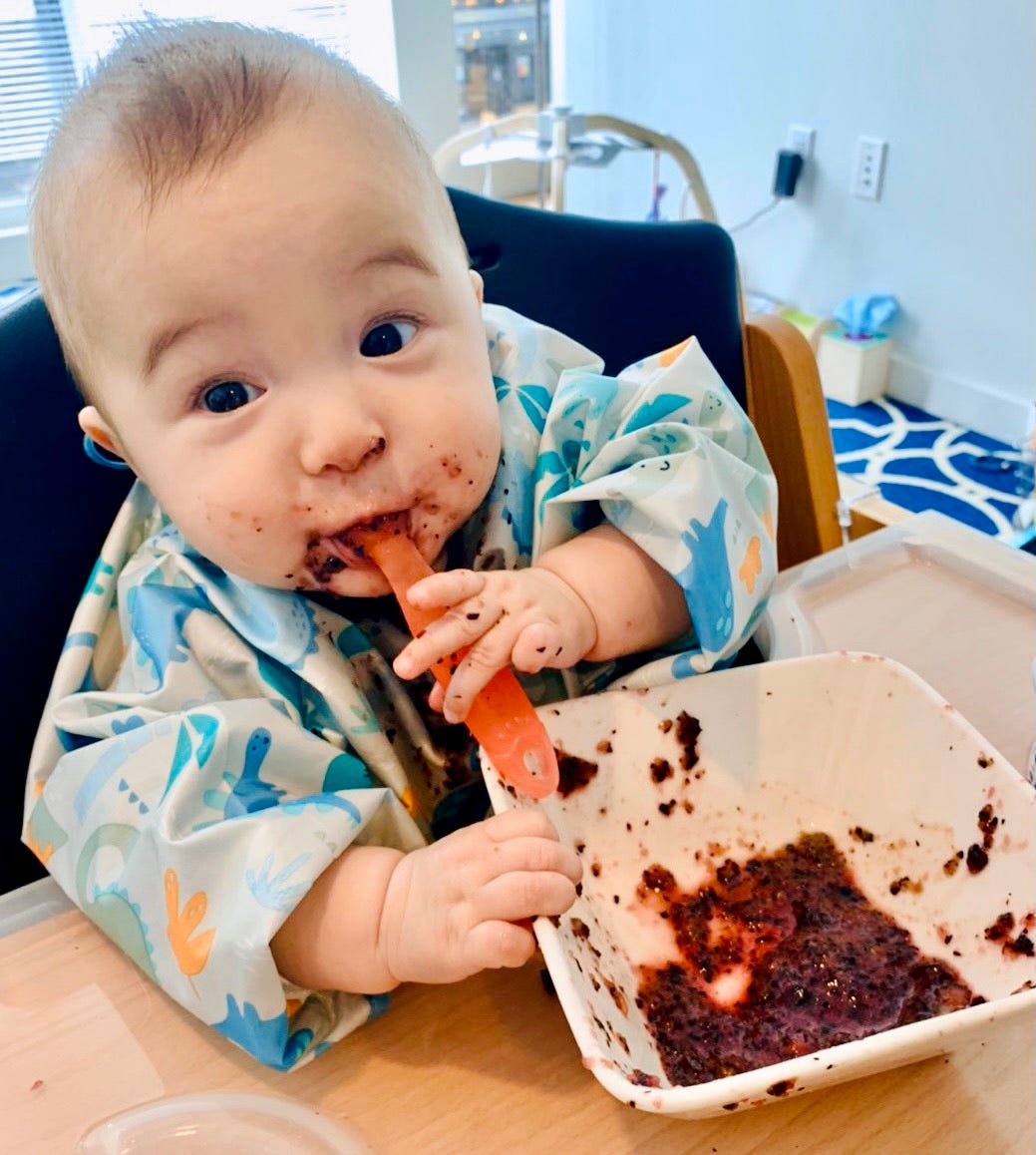
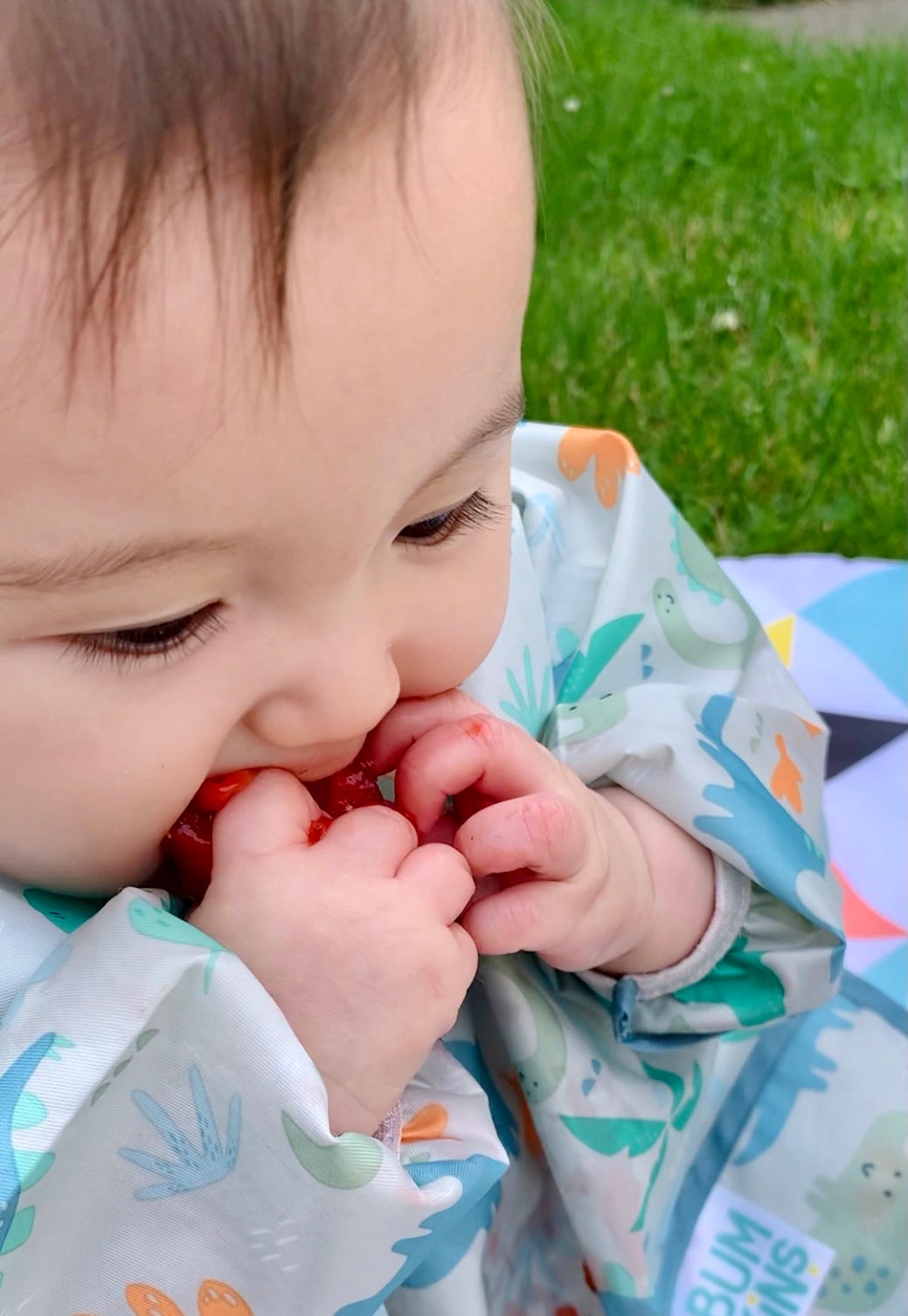
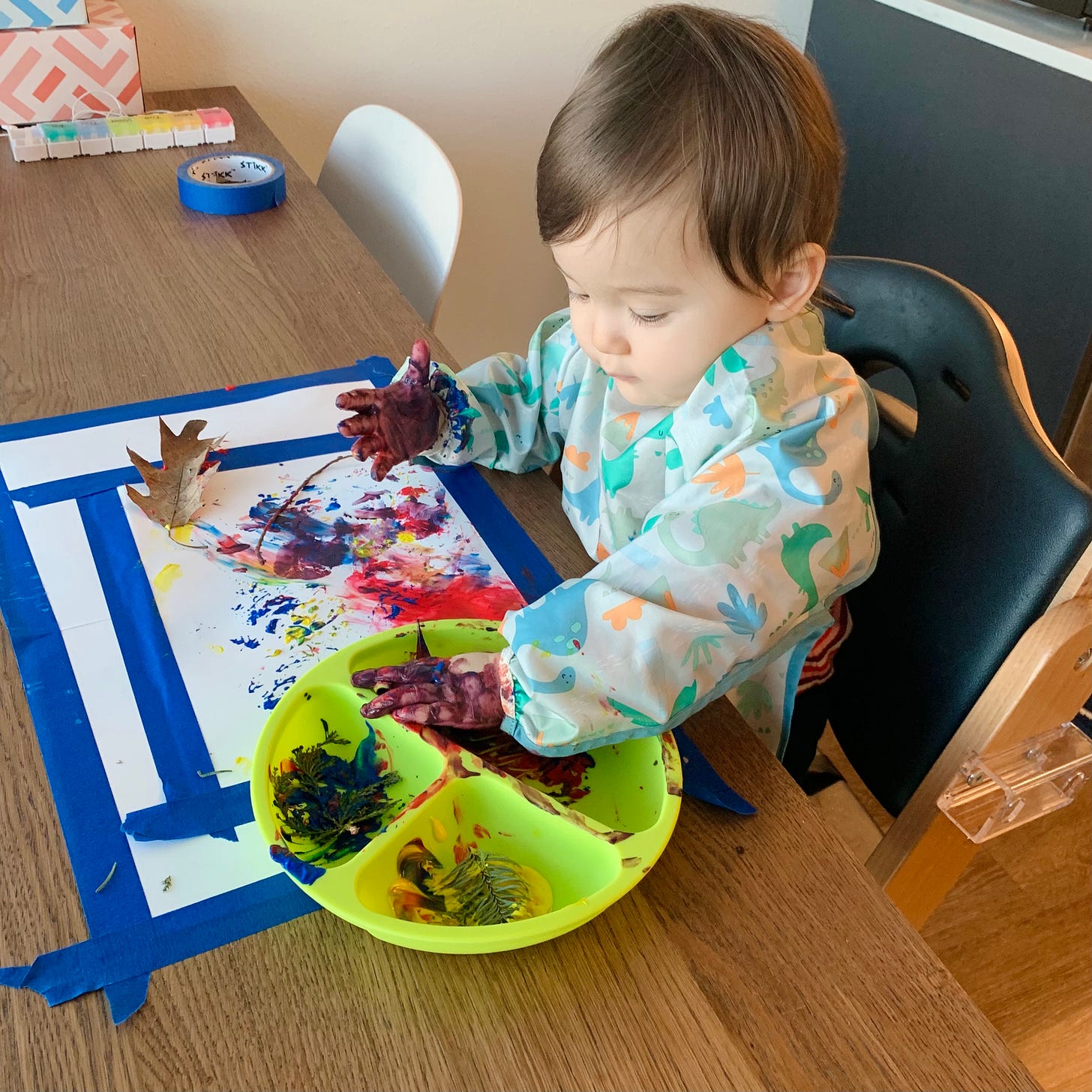
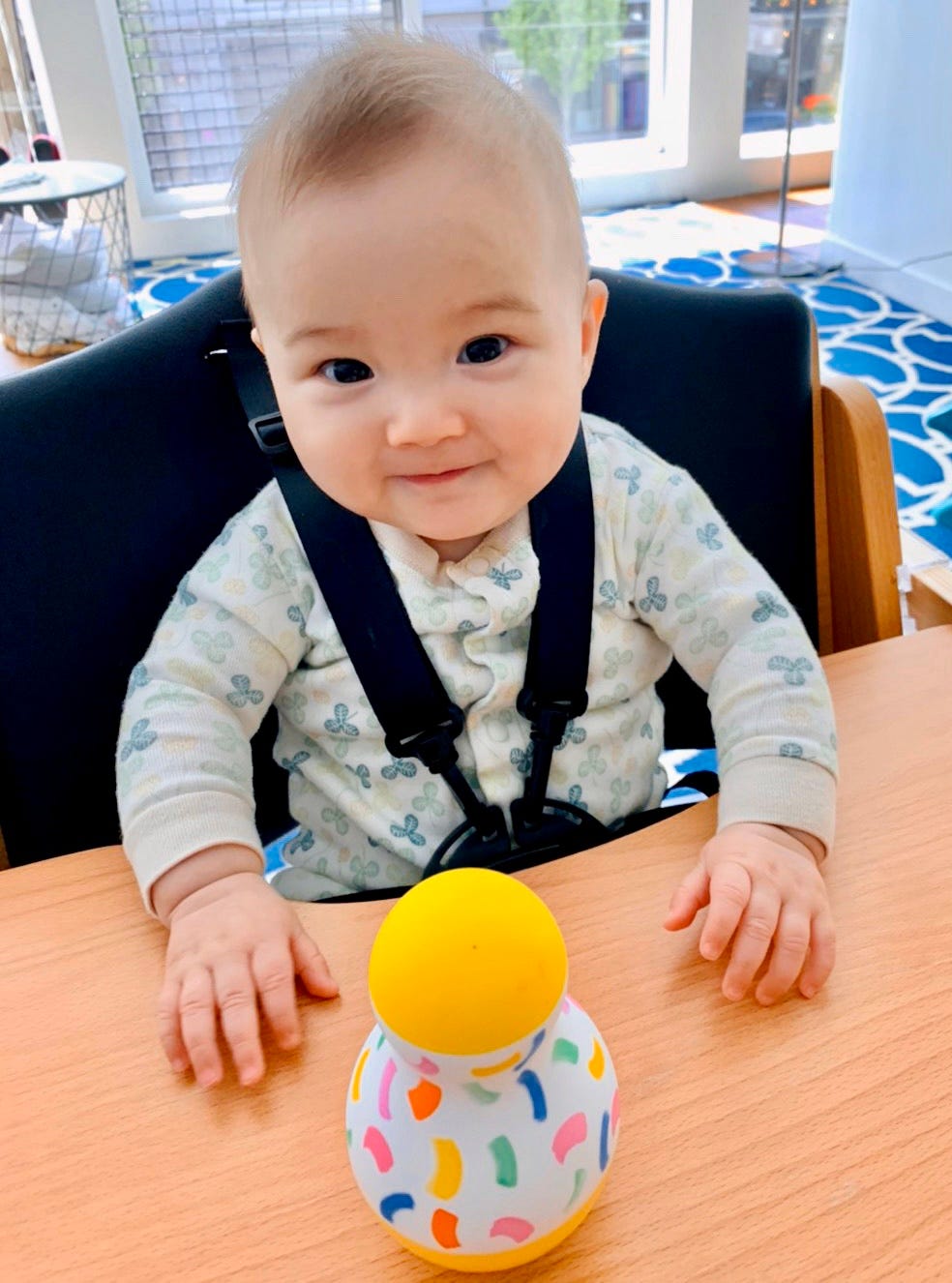
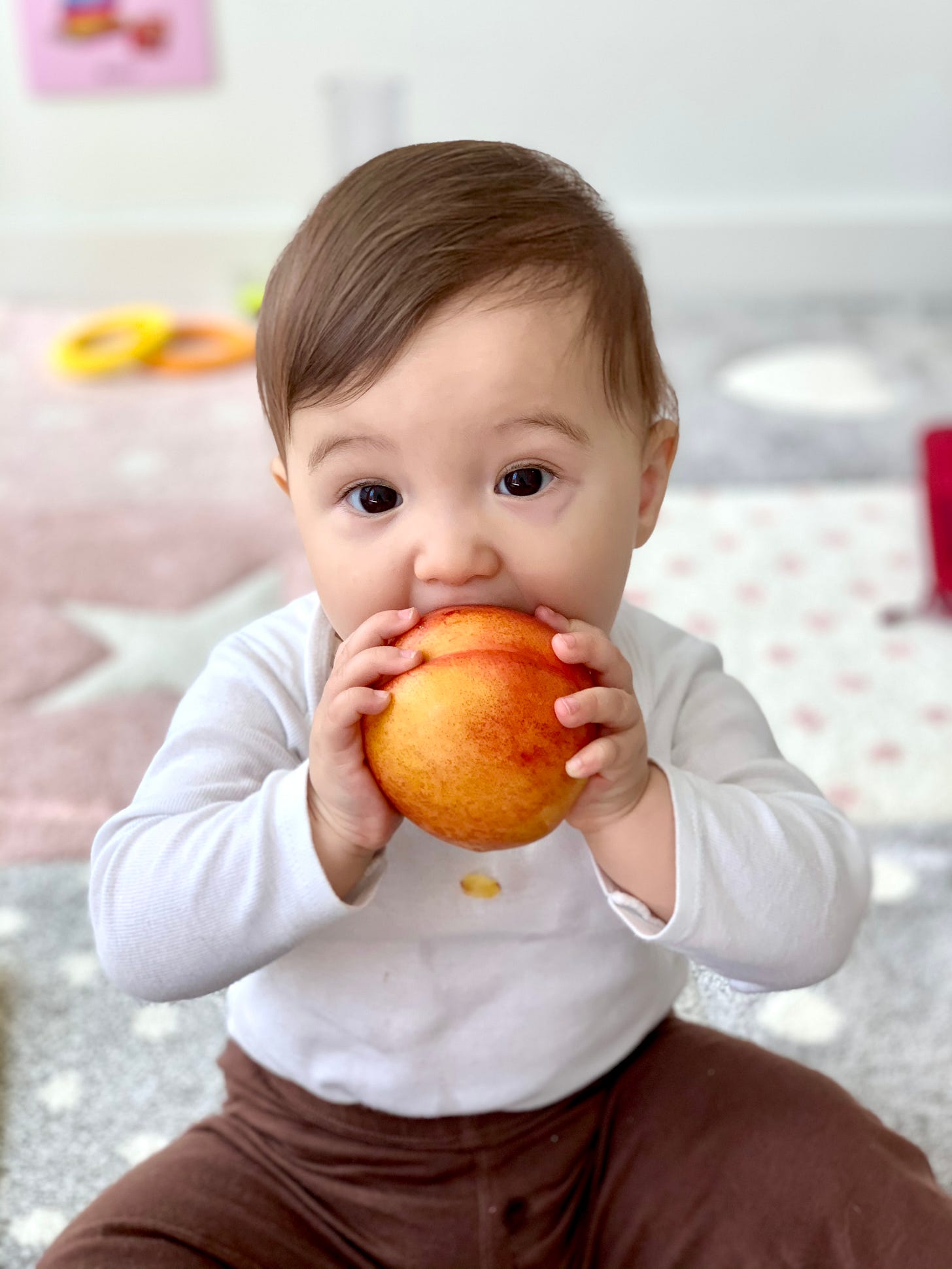
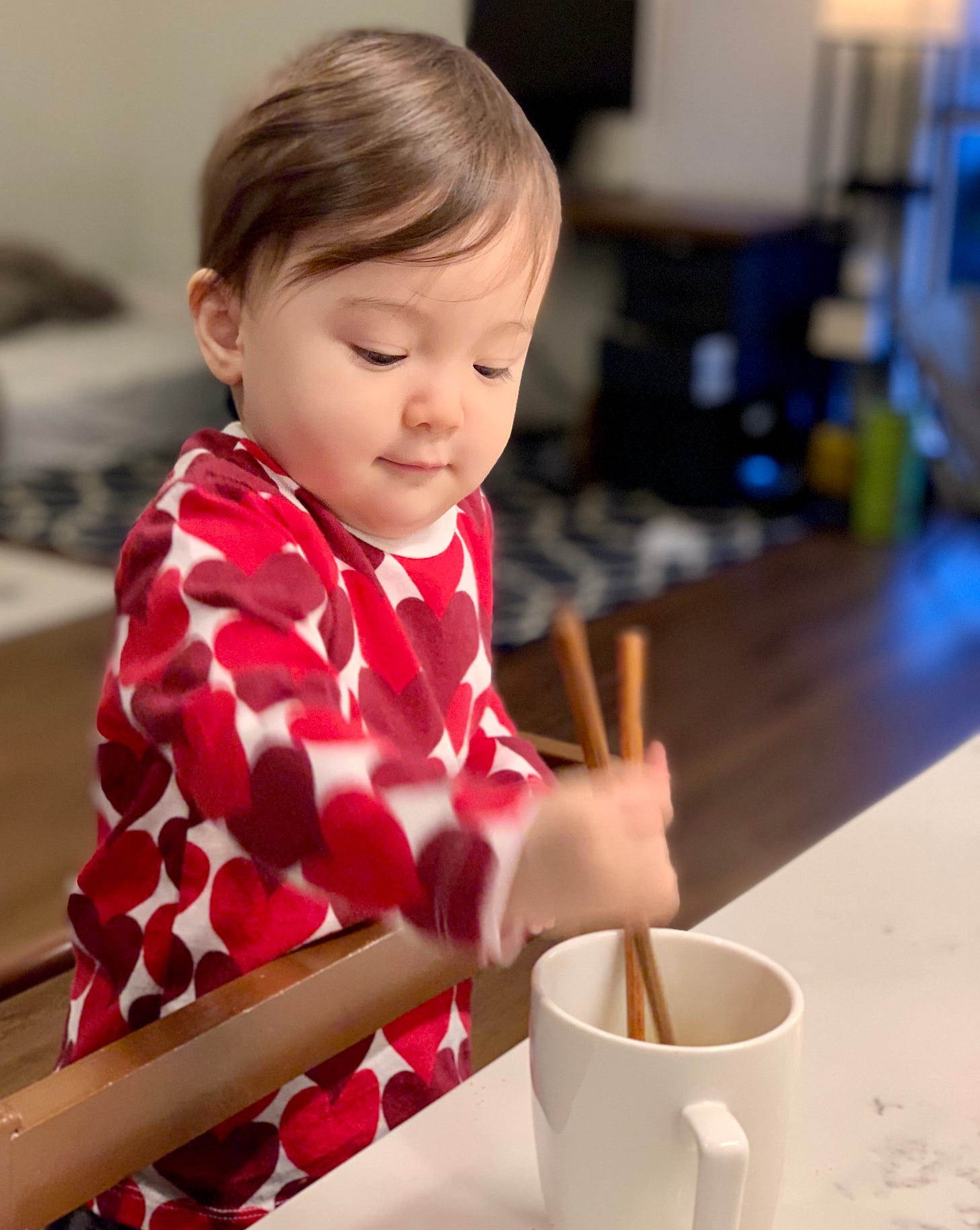
Awesome info, thank you!